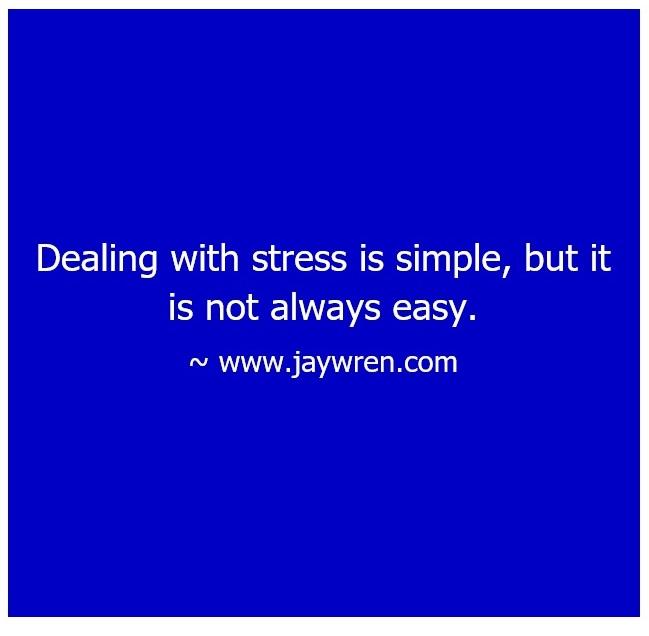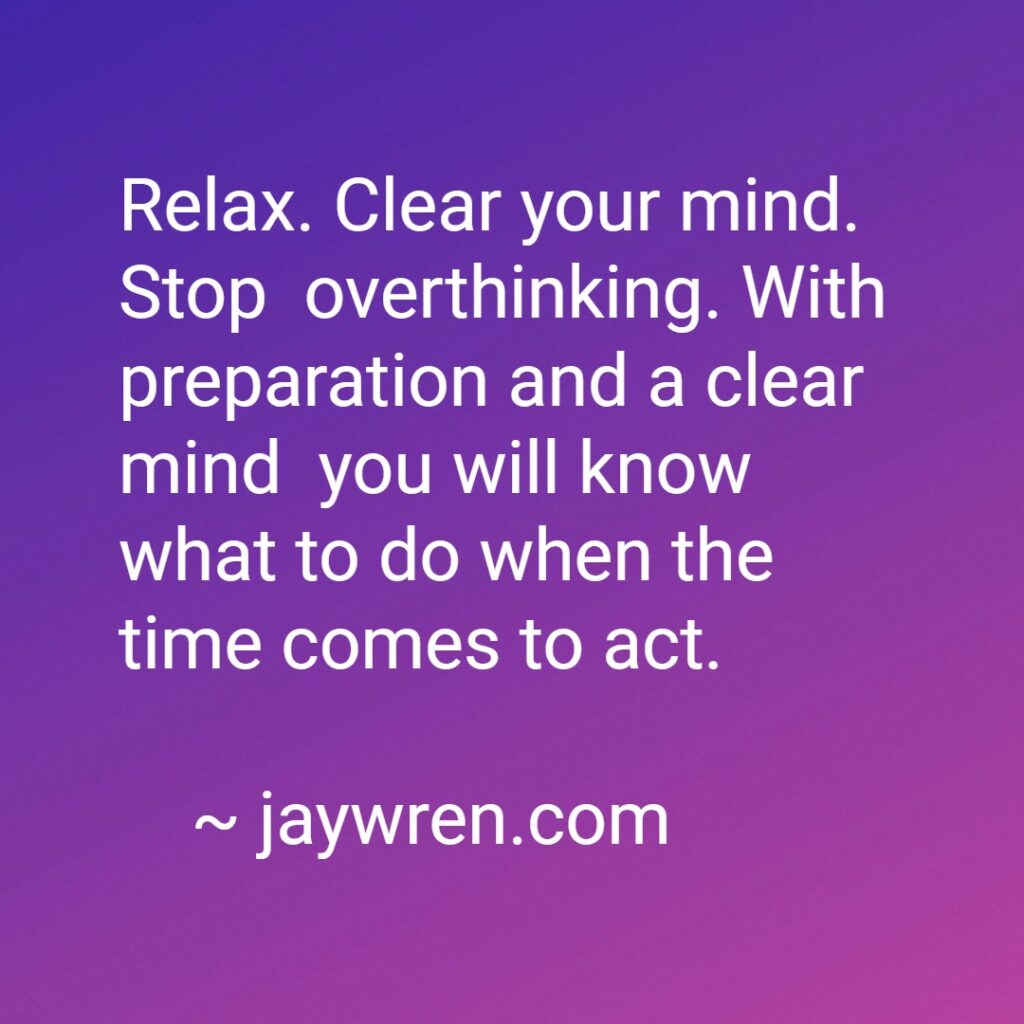A little bit of day dreaming is good for your mind, body, emotions, and self-esteem. ~ Jay Wren
The Enduring Legacy of Walter Mitty: Fictional Dreamer Turned Cultural Phenomenon
Few fictional characters have permeated popular culture quite like Walter Mitty, the protagonist of James Thurber’s 1939 short story The Secret Life of Walter Mitty. Mitty, a mild-mannered man who escapes his mundane reality through heroic fantasies, has since become synonymous with people who dream of grand adventures—sometimes to the point of disconnecting from reality.
Walter Mitty’s Literary Origins
James Thurber, a celebrated humorist and cartoonist, introduced Walter Mitty as a daydreaming everyman whose imagined escapades stood in stark contrast to his humdrum existence. The character became so iconic that “Walter Mitty” evolved into a cultural shorthand for individuals who fantasize about a more adventurous or prestigious life.
Mitty in Popular Culture
Mitty’s influence spans decades, appearing in books, films, television, and even political commentary. The 1969–1970 television series My World and Welcome to It, inspired by Thurber’s works, won two Emmy Awards. Hollywood twice brought The Secret Life of Walter Mitty to the big screen—once in 1947 starring Danny Kaye, and again in 2013 with Ben Stiller in the title role.
References to Mitty’s escapist tendencies have surfaced in various unexpected contexts. Newsweek editor Ben Bradlee noted that President John F. Kennedy had a “Walter Mitty streak,” particularly on the golf course when imagining himself as Arnold Palmer or Julius Boros. Warner Bros. studio head Jack L. Warner described actor Errol Flynn as embodying “all the heroes in one magnificent, sexy, animal package” for the “Walter Mittys of the world.”
The “Walter Mitty” Label: Flattery or Criticism?
While some references to Walter Mitty celebrate the aspirational quality of daydreaming, others use the term more critically. Politicians such as Hillary Clinton, Richard Nixon, and Harold Wilson have been labeled “Walter Mittys” by detractors who viewed them as overly idealistic or disconnected from reality.
The label has also been attached to impostors—such as Alan McIlwraith, who falsely claimed to be a knighted war hero. In military circles, individuals who exaggerate combat experiences or falsely wear medals have sometimes been called “Walter Mitty types.”
Mitty’s Enduring Legacy
Walter Mitty remains a compelling figure decades after his literary debut, representing the universal human desire to dream of something greater. Whether as a source of inspiration or a cautionary tale, his name continues to be invoked in politics, entertainment, and everyday discourse.
In a world where everyone has imagined being a hero at one time or another, the spirit of Walter Mitty lives in all of us.
So, to return to my original statement, a little bit of daydreaming is good for you.
Daydreaming, often seen as a sign of being unproductive or inattentive, actually holds several healthy aspects when experienced in moderation. Here are some of the positive ways daydreaming can benefit you:
- Boosts Creativity: When your mind wanders, it can make unexpected connections between different ideas and concepts. This can lead to novel insights and creative solutions you might not arrive at through focused, analytical thinking.
- Enhances Problem-Solving: Daydreaming allows you to step away from a problem and consider it from different angles. This mental break can provide a fresh perspective, helping you overcome mental blocks and find innovative solutions.
- Reduces Stress and Anxiety: Letting your mind drift to pleasant or neutral thoughts can be a relaxing and enjoyable way to de-stress after a demanding task or during moments of boredom. It provides a mental escape that can lower anxiety levels.
- Aids in Goal Setting and Planning: Daydreaming about the future can help you visualize your goals and mentally rehearse the steps you might take to achieve them. This can increase motivation and make goals feel more attainable.
- Improves Mood: Fantasizing about positive scenarios and desires can lead to a more positive emotional state. It allows your brain to focus on pleasant thoughts, which can lift your spirits.
- Provides Mental Rest: Daydreaming engages different areas of the brain than focused work. It gives your prefrontal cortex, responsible for executive functions, a break, which can improve overall cognitive function and prevent mental fatigue.
- Strengthens Memory: Studies suggest a link between daydreaming and working memory. Allowing your mind to wander can help consolidate information and improve recall later on.
- Increases Self-Awareness: Daydreaming can provide a space for introspection and self-reflection. You might gain insights into your feelings, desires, and motivations as your thoughts drift.
- Enhances Empathy: Imagining different scenarios and perspectives during daydreams can help you better understand and empathize with others’ experiences.
- Can Make Mundane Tasks More Enjoyable: When engaged in repetitive or uninteresting tasks, daydreaming can provide mental stimulation and make the time pass more pleasantly.
It’s important to note that while these benefits exist, excessive or uncontrolled daydreaming (sometimes referred to as maladaptive daydreaming) that interferes with daily life and responsibilities is not considered healthy. The key is to find a balance and allow for moments of





